
Mention the word velocipede to a few folks. I bet the reaction is: “A veloci–what?” Talk to a few of your fellow train enthusiasts and they will most likely think you are describing some kind of railroad handcart. An argument could be made that they are correct. That, however, leaves out most of the interesting twists and turns following this unusual, antiquated piece of railroad equipment.
Ride along then as we explore the velocipede through five mind-blowing facts.
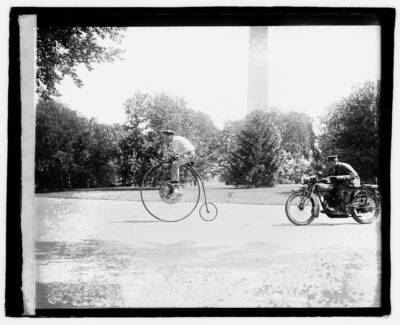
No. 1 — What’s in a name?
Grab Mr. Webster’s tome of words and flip to the letter “V.” The machine in question is: “a lightweight wheeled vehicle propelled by the rider, such as:
- a tricycle
- a three-wheeled railroad handcar
- (archaic) a bicycle
Webster’s dictionary definition is rather direct and colorless, but at least included that we are discussing a rail vehicle. Velocipede in Latin means “fast foot,” and over time has come to encompass any one-, two-, three-, or four-wheeled vehicle operated via human power. It was also generally accepted that power was delivered to the wheel(s) by peddling. In popular historic terms, think of a velocipede as one of those bicycles with the huge wheel in front and a tiny wheel trailing behind. Not railroad, but pop culture for the mid- to late-1800s.
No. 2 — What is a railroad velocipede?
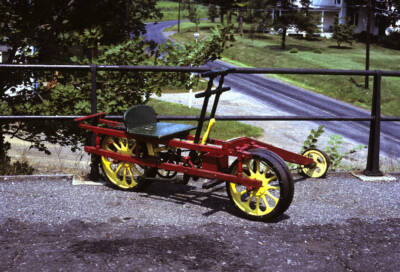
The generally accepted vehicle labeled as a velocipede for railroad use is of the three-wheeled variety. Imagine something that sort of looks like a bicycle, but with flanged rail wheels. While there are those who would be crazy enough to attempt balancing a bicycle on the rail and riding along, the velocipede has an outrigger with a third wheel, stabilizing the vehicle across the tracks.
Rail velocipedes, while human powered, are generally not peddled in the traditional sense. The rider, or riders — there were two-seat models — sat astride the bike-like portion of the vehicle. A vertical hand-foot bar amidship was made to rock to and fro — with human power. A linkage transferred the energy to the wheels. The rider’s motion was similar to exercising on a rowing machine.
The vehicle was ideal for track, bridge, and signal inspection work. The low seating position kept the inspector close to the track. Additionally, the downward line of sight was far better than a handcar, as there was no floor to interrupt the view. The smaller size reduced the energy needed to operate.
No. 3 — Who invented the velocipede and how much beer had they been drinking?
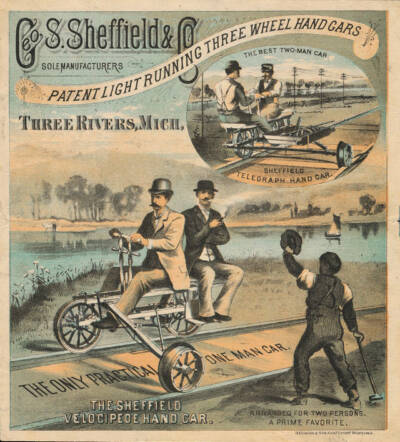
As with many railroad objects or instances, velocipede history appears a bit crazy and has been muddled over the decades. It is generally accepted that in 1877 George S. Sheffield of Three Rivers, Mich., invented what became the most popular version of the railroad velocipede. The details vary depending on who is telling the story, however, Sheffield developed the velocipede out of necessity and was discovered as punishment for a good deed.
Sheffield, by most accounts, lived 7 miles away from Three Rivers. In addition to farming, he worked as a mechanic in the small town. Walking the local roads to work consumed all of the 7 miles. However, walking along the tracks of the Michigan Central Railroad cut nearly 3 miles from his trip. Although less, pounding the shoe leather for 8 miles every workday become tiresome.
To eliminate the walk, Sheffield fashioned a light-weight, three-wheeled vehicle designed to travel on the train tracks. The two-wheeled side, as described, was similar to bicycle, except for the pumping motion replacing peddling. The single-wheel outrigger kept all in balance. The entire machine weighed in around 140 pounds — heavy enough to be sturdy, but light enough that Sheffield could lift it off the tracks should a train approach.
Being that Sheffield was trespassing on the Michigan Central, he commuted at odd hours, mostly after dark, to avoid detection. One night, on his way home, he discovered a broken rail. A lantern was obtained from a nearby house and the track flagged. A derailment was prevented, but Sheffield’s unsanctioned mode of transport was discovered. Shortly after the incident, a Michigan Central representative approached Sheffield, asking if he would consider building velocipedes for railroad use.
The George S. Sheffield & Co. was formed in 1879 to produce velocipedes. Warren Willits — the “& Co.” — was a Three Rivers businessman who took care of the accounting and office portion of the organization.
No. 4 — An opposed-piston velocipede?
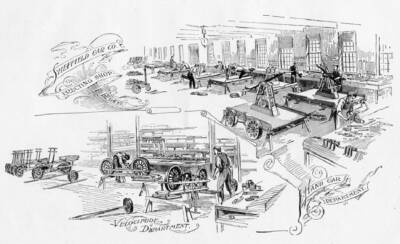
On March 11, 1879, Sheffield received U.S. Patent No. 213,254 for his velocipede. In December 1880, Sheffield applied to have the patent reissued in the company’s name — No. RE 9,571, Feb. 15, 1881. At this same time, Sheffield and Willits added E.B. Linsley, another Three Rivers businessman, to the organization. In June 1882 the name was changed to the Sheffield Velocipede Car Co. and the product line expanded to include other railway maintenance vehicles.
Sheffield’s business was a growing concern with customers across the United States and in England. The firm caught the attention of Charles H. Morse in 1888. Morse, a founder of Fairbanks, Morse & Co., bought Willits’ share, adding Sheffield products to the Fairbanks-Morse catalog. Yes, this is the same Fairbanks-Morse Co. that would, after 1912, develop the opposed-piston diesel engine and field a lineup of railroad locomotives.
George Sheffield left his company in 1891, leaving Charles Morse to take over the presidency.
No. 5 — Back to the farm
Some accounts of Sheffield’s life indicate his departure from the Sheffield Velocipede Co. was at the hand of Morse, who forced the inverter out. Whatever the circumstances surrounding the departure, Sheffield was not idle long. That same year, he formed a manufacturing alliance with A.C. Heimbaugh, leader of the local First National Bank, and created the Sheffield Manufacturing Co. The product line included hand farm tools developed or improved upon by Sheffield — corn and potato planters, garden cultivators, and steel hand sleds. Sheffield also designed and fabricated most of the machinery used in its manufacturing process.
While supplanted over time by motorized technology, many railroad velocipedes exist today in railroad museums. In some ways, what is old is new again. By purest definition, today’s railbikes could be considered velocipedes.









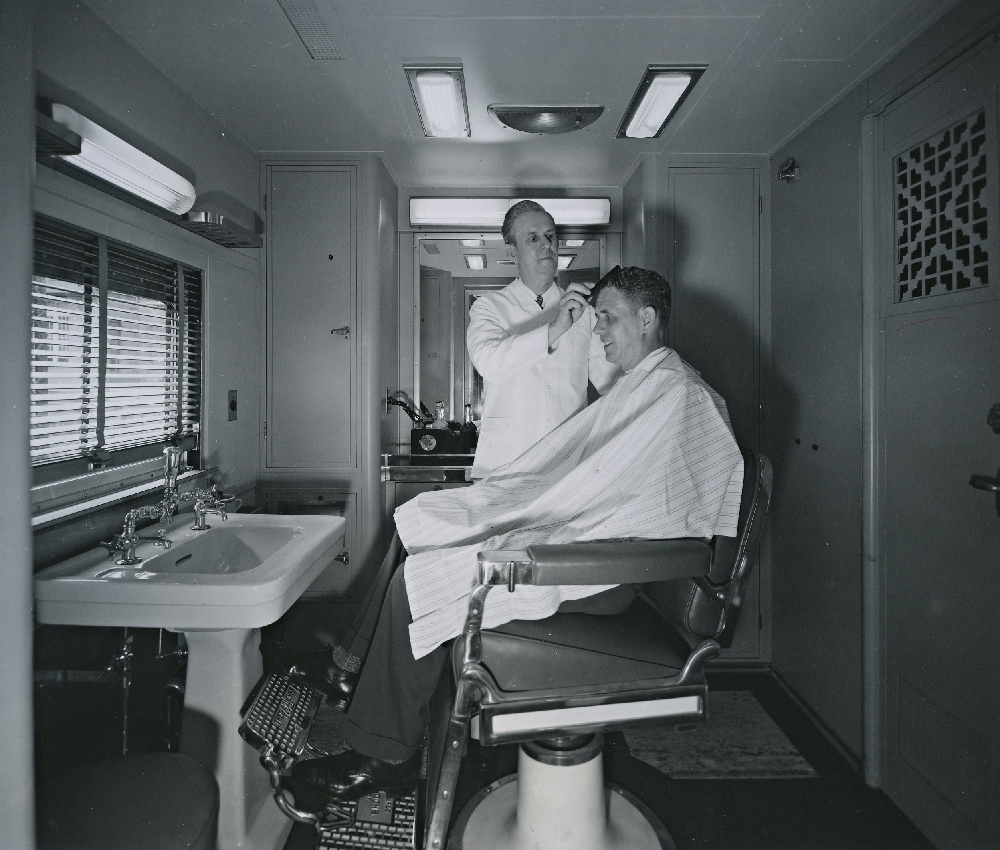




My grandfather owned a velocipede he purchased to commute from Shannon IL to his operator’s job at Kittredge Tower on the Milwaukee Road in the early 40’s. He later built a platform for his hunting dog so he could pheasant hunt on the way to/from work.
Actually, Rail bikes are more a “poor mans” section car as they have 4 wheels instead of two (plus the outrigger) and can be also made to be self propelled by adding a small gasoline engine and chain or belt drive, although some solar models are known of. This makes them much faster. There is a great video on You Tube of a group of these units taking a trip (36 sections I think) over UP’s mothballed Tennessee Pass line, including the tunnel, which is mostly filled with water. The actual Rail bikes are peddled rather than “levered” as the original models were. I have seen them with up to eight seat although 4 seems to be the more common amount. They also have phenolic (very hard plastic) wheels making them much quieter than the steel wheeled predecessors.